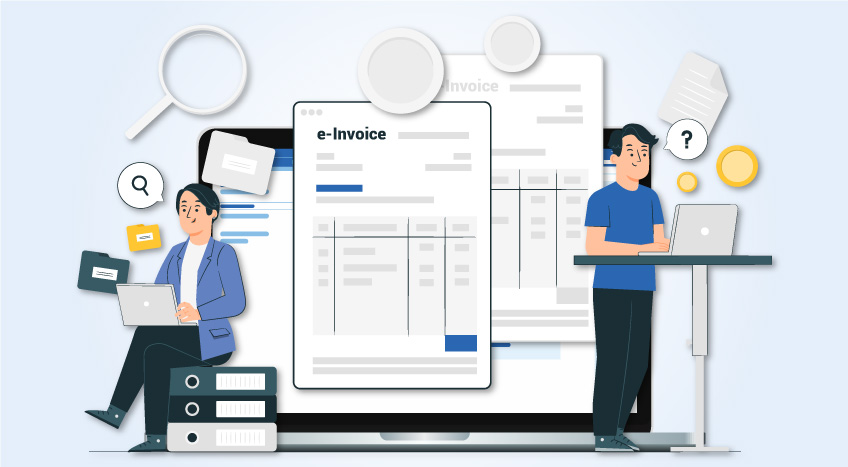Introduction
In UAE VAT, Input VAT is allowed to be recovered on all goods and services used or intended to be used for the business purpose except those notified inputs or input services listed under blocked credit list. To know about blocked credit, please read Supplies not eligible for input tax recovery under VAT in UAE. If goods and services are used for making exempt supplies or used for the non-business purpose,input VAT recovery is not allowed and the same needs to be treated as expenses.
Depending upon the usage of goods and services- whether used for making taxable supplies or for non-business purpose or exempt supplies, you have to recover the input VAT accordingly. In the VAT Return Form 201, you need to report only the value of Input VAT which you are eligible to recover. Though you are required to report only the consolidated amount of input VAT recovery, internally you may have to identify each inward supply (purchase/expense) to determine whether goods and / or services are used for making taxable supplies or exempt supplies or used for the non-business purpose.
In most of the cases, you will be in a position to identify whether goods or services are used for making taxable supplies or exempt supplies or used for the non-business purpose and accordingly, you can determine the amount of input VAT recovery eligibility. But in some cases, input tax paid on goods and services purchased cannot be separately identified as to whether it relates to taxable supplies or exempt supplies. In such cases, you need to arrive at the recoverable Input VAT in accordance with the Input VAT apportionment guidelines provided in the UAE VAT Executive Regulations.
Apportionment of Input Tax Overview
Apportionment of input tax needs to be applied in a business situation, where the goods and services are partially used for both taxable supplies, exempt supplies and for non-business purpose but you are unable to identify it separately whether it relates to taxable supplies or exempt supplies.
In this case, you need to determine the input VAT recoverable percentage by applying the following:
- Taxable supplies divided by Total Supplies (Both Recoverable supplies + Non-recoverable supplies).
- The percentage arrived above, should be multiplied by the amount of Input VAT (which was not separately identifiable) to arrive at the recoverable portion.
In simple words, by applying the below-given formula, you can arrive at the recoverable input VAT:
Net Taxable Supplies x Input Tax Paid/Total Supplies
Let us understand the Apportionment of Input Tax with an example.
The following are the sales transactions of M/S Abdul LLP:
| Type of Supplies | Value (AED) | Output VAT (AED) |
| Standard Rated supplies | 70,000 | 3,500 |
| Zero-Rated Supplies | 10,000 | - |
| Exempt Supplies | 20,000 | - |
| Total | 100,000 | 3,500 |
During the period, the purchases/expenses incurred for making supplies was AED 60,000 + VAT at 5% amounting to AED 3,000. M/s Abdul LLP has used the goods for making taxable as well exempt supplies and unable to identify separately the input VAT related to taxable supplies and exempt supplies.
Now, in order to determine the input VAT recovery, M/s Abdul LLP should apply the following formula:
Net Taxable Supplies x Input Tax Paid/Total Supplies
- Net Taxable Supplies Value : AED 80,000 ( Standard Rated supplies 70,000 AED + Zero-rated supplies 10,000 AED)
- Total Supplies : AED 100,000 (Total of all the supplies – Standard + Zero-rated + Exempt Supplies)
- Input VAT : AED 3,000
Input VAT Recoverable = (AED 80,000 x AED 3,000) / AED 100,000
The eligible input VAT which M/S Abdul LLP can recover is 2,400 AED.
The business engaged in supplying both taxable and exempt supplies should be clear in arriving at the input VAT recovery by applying the above formula. There could be instances where common goods or services are used for making taxable and exempt supplies, like in the case of financial services.
Related Articles:-









